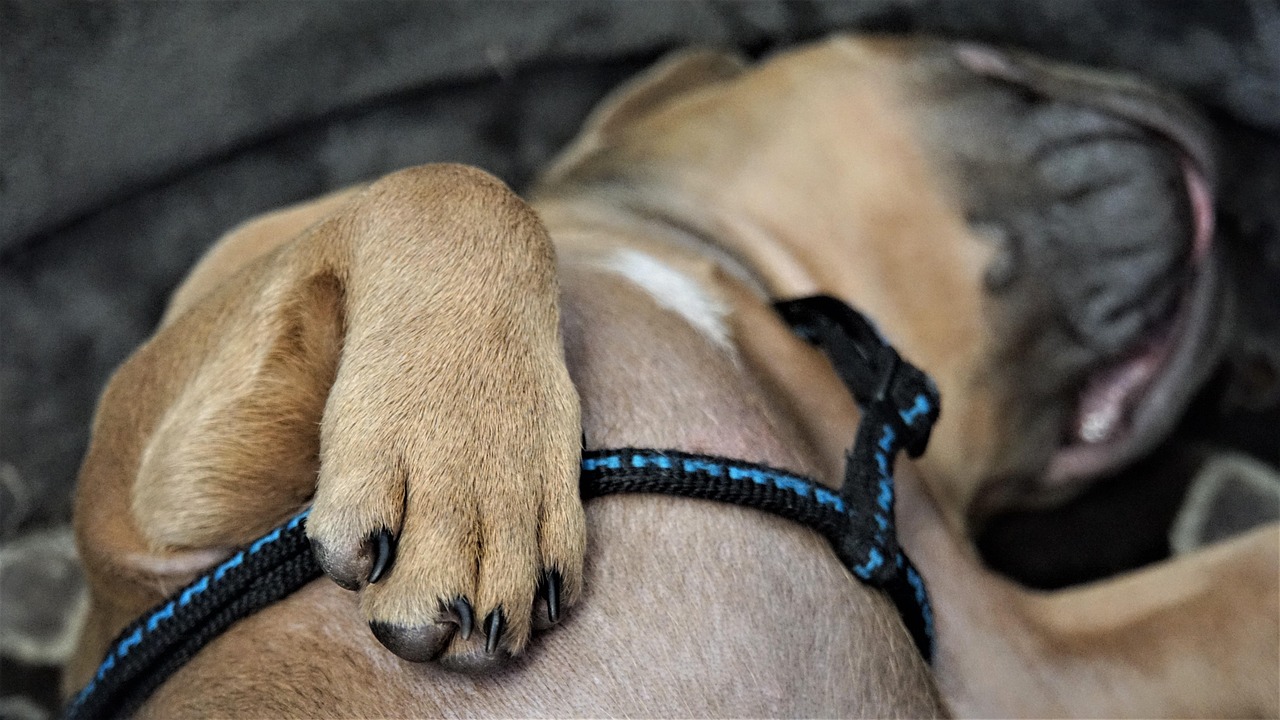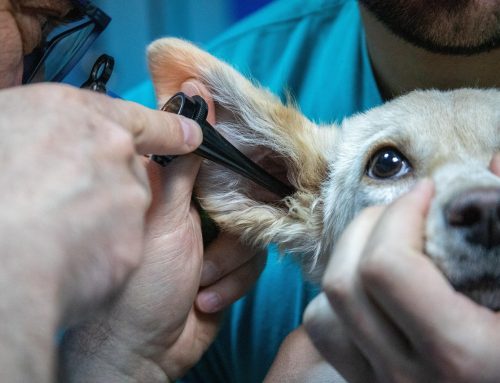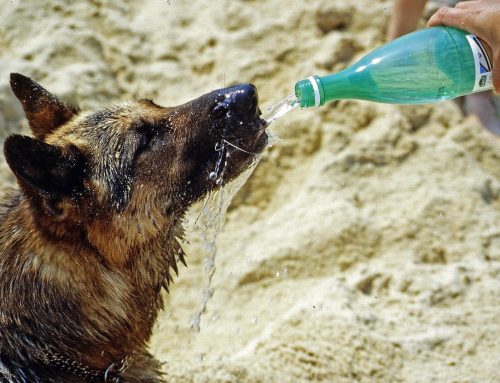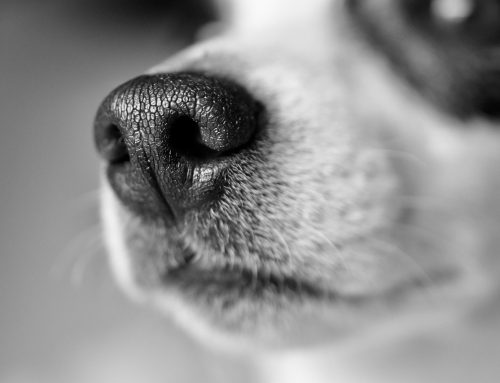
Table of Contents
- Why Do Dogs Like Belly Rubs?
- Belly Rubs as a Sign of Trust
- The Science: Why Belly Rubs Feel So Good
- Evolutionary Background: Belly Exposure in Wolves and Wild Dogs
- When Belly Rubs Mean Affection vs. Submission
- Why Some Dogs Don’t Like Belly Rubs
- Puppies vs. Adult Dogs: Do They Like Belly Rubs Differently?
- Why Dogs Kick Their Legs During Belly Rubs
- Belly Rubs and Bonding With Your Dog
- Should You Always Give Belly Rubs When Asked?
- Myths About Belly Rubs
- FAQs About Dogs and Belly Rubs
- Why Dogs Love Belly Rubs
Why Do Dogs Like Belly Rubs?
Few things are as heartwarming as your dog flopping onto their back, eyes bright, tail wagging, waiting for you to rub their tummy. For many pups, belly rubs seem to be pure bliss. They relax, kick their legs in the air, and look completely at ease. But why are belly rubs so appealing to dogs?
The answer combines biology, behavior, and emotion. Belly rubs feel good physically, signal deep trust, and serve as a bonding activity between dog and human. To really understand, we need to look at both the science of touch and the psychology of dogs.
Belly Rubs as a Sign of Trust
When a dog rolls over to show you their belly, they’re exposing one of their most vulnerable areas. In the wild, this position leaves animals defenseless, which means dogs don’t do it unless they feel safe.
The American Kennel Club (AKC) explains that rolling onto the back can be both a submissive signal and an invitation for affection. It’s your dog’s way of saying: I trust you not to harm me.
At Woof Playcare, we see this all the time. Dogs that are comfortable in our environment and with our staff happily roll over for belly rubs. New dogs, on the other hand, may take time to build that level of comfort before showing their bellies.
The Science: Why Belly Rubs Feel So Good
Dogs have sensitive hair follicles and nerve endings in their skin, especially in the belly area where the fur is thinner. When you rub their tummy, those nerves are stimulated, which releases feel-good chemicals like oxytocin and dopamine.
According to PetMD, belly rubs can trigger a relaxation response, lowering heart rate and reducing stress. That’s why many dogs close their eyes, sigh, or kick their legs when you hit the right spot.
Touch also benefits humans. Studies show that petting dogs lowers blood pressure and cortisol (the stress hormone) in people. So, belly rubs aren’t just good for dogs—they’re good for us, too.
Evolutionary Background: Belly Exposure in Wolves and Wild Dogs
Dogs share ancestry with wolves, and in wolf packs, rolling onto the back is a submissive gesture. Subordinate wolves show their belly to more dominant ones to avoid conflict. This behavior carried over into domestic dogs.
But while submission in wolves is about survival, in domestic dogs it has taken on new meaning. For pet dogs, rolling onto the back can still signal submission, but it’s just as often an invitation for belly rubs and bonding. Understanding the difference requires reading your dog’s overall body language.
When Belly Rubs Mean Affection vs. Submission
How can you tell whether your dog is asking for rubs or showing submission? Look at the details:
- Affection request – Loose body posture, wagging tail, open mouth, relaxed eyes.
- Submission signal – Tucked tail, stiff body, avoiding eye contact, lip licking.
A happy belly rub request looks playful and inviting. A submissive roll may be accompanied by nervous signals. Respecting the difference ensures your dog feels safe.
Why Some Dogs Don’t Like Belly Rubs
Not all dogs enjoy tummy scratches, and that’s completely normal. Reasons may include:
- Personality: Some dogs prefer ear scratches, chest rubs, or back pats.
- Past trauma: Rescue dogs may feel uneasy exposing their bellies.
- Touch sensitivity: Certain breeds are more sensitive in their abdominal area.
The ASPCA reminds pet owners to respect individual preferences. If your dog stiffens, moves away, or shows signs of discomfort, skip the belly rub and find another way to show affection.
Puppies vs. Adult Dogs: Do They Like Belly Rubs Differently?
Puppies often roll over playfully, inviting attention and rubs. Their bellies are round and sensitive, making them extra responsive to gentle scratches. Belly rubs can also help puppies bond with their humans during critical early development.
Adult dogs, however, may be more selective. Some absolutely adore belly rubs, while others outgrow the desire. Seniors might enjoy them less if they have arthritis or sensitivity in the abdominal region. Like people, preferences change with age.
Why Dogs Kick Their Legs During Belly Rubs
One of the cutest parts of giving a belly rub is when your dog kicks their legs like they’re pedaling a bike. This is called the scratch reflex.
When you rub certain spots, especially around the belly or sides, it stimulates nerves connected to the spinal cord. This triggers an involuntary kicking motion. It doesn’t mean your dog wants you to stop—it’s simply a reflex response.
Belly Rubs and Bonding With Your Dog
Belly rubs go beyond physical sensation—they strengthen the emotional bond between you and your dog. When your dog enjoys being rubbed, it deepens trust and reinforces your role as a safe and loving caregiver.
According to the AKC, petting in general boosts oxytocin in both dogs and humans. That’s the same hormone linked to love and bonding in human relationships. Belly rubs, therefore, are not just fun—they’re biologically designed to strengthen your connection.
Should You Always Give Belly Rubs When Asked?
In most cases, yes—but only if your dog truly enjoys them. Always watch for body language cues. If your dog suddenly stiffens, rolls away, or nips, stop immediately.
Overstimulation can happen if you rub too long or too vigorously. Keep belly rubs short and sweet unless your dog clearly wants more. This ensures the experience remains positive.
Myths About Belly Rubs
There are a few common misconceptions worth clearing up:
- Myth: All dogs love belly rubs.
Not true. Many do, but some prefer other forms of affection. - Myth: A dog rolling over always wants rubs.
Sometimes it’s submission, not a request for affection. - Myth: Belly rubs spoil dogs.
Affection does not spoil dogs. It strengthens trust when done respectfully. - Myth: You should force a dog to accept belly rubs.
Never. Forcing contact can damage trust. Always let your dog lead.
FAQs About Dogs and Belly Rubs
Why do dogs like belly rubs so much?
Because it feels physically good, reduces stress, and strengthens bonding. Belly rubs trigger nerve responses that release feel-good hormones.
Why does my dog kick when I rub their belly?
That’s the scratch reflex. Certain nerves make the legs twitch or kick when stimulated.
Why does my dog roll over every time I walk in?
It’s a greeting and trust signal. They may be inviting a rub or simply showing submission.
Do all dogs like belly rubs?
No. Some dogs prefer other forms of affection. Respect your dog’s unique preferences.
Can belly rubs calm an anxious dog?
Yes, for some dogs. Petting, including belly rubs, lowers stress hormones and helps them relax. But not all anxious dogs like belly rubs, so watch their signals.
Why Dogs Love Belly Rubs
For many dogs, belly rubs are more than just a scratch—they’re a sign of trust, comfort, and bonding. Rolling onto the back shows vulnerability, but when your pup does it around you, it’s their way of saying, I feel safe.
Not every dog enjoys belly rubs, and that’s okay. Some prefer a chin scratch, others a back rub. The key is respecting your dog’s preferences and recognizing when belly rubs are an invitation.
By tuning into your dog’s body language and responding with affection on their terms, you’ll build a stronger relationship and create countless moments of joy, trust, and connection.






